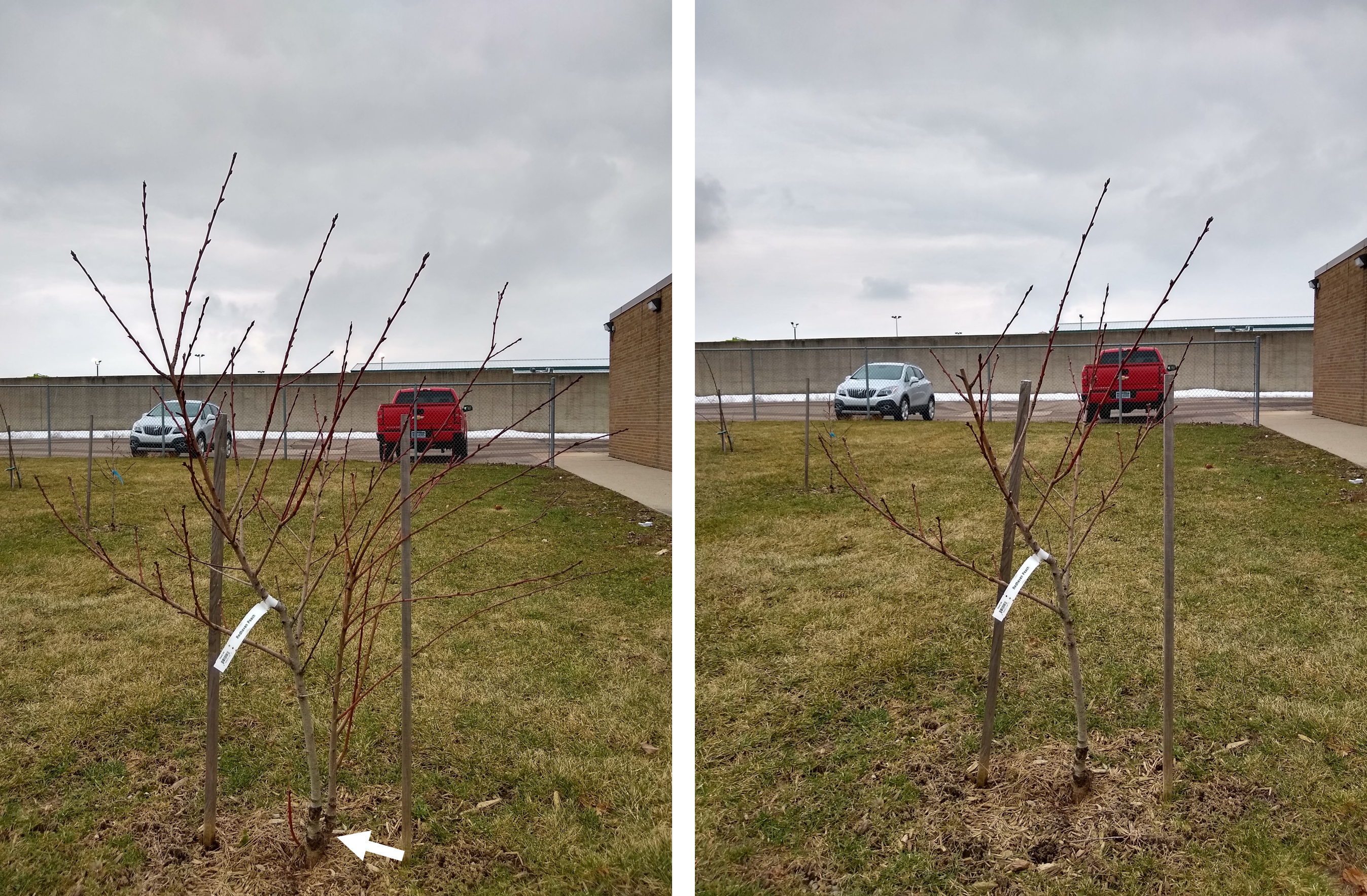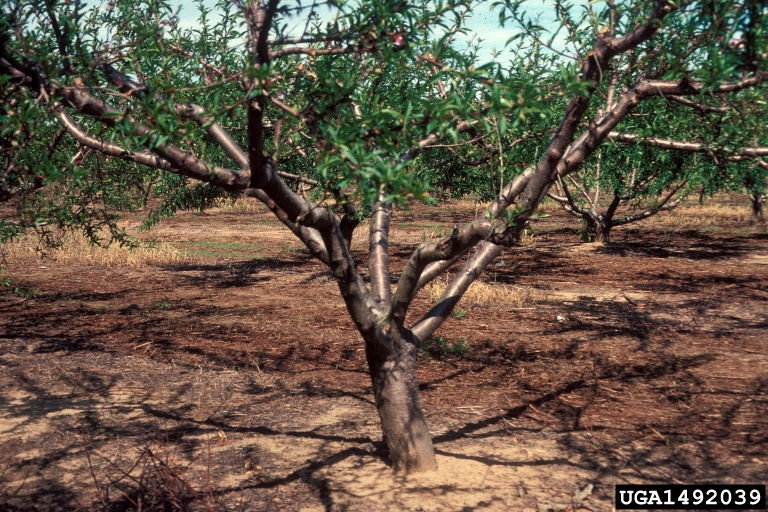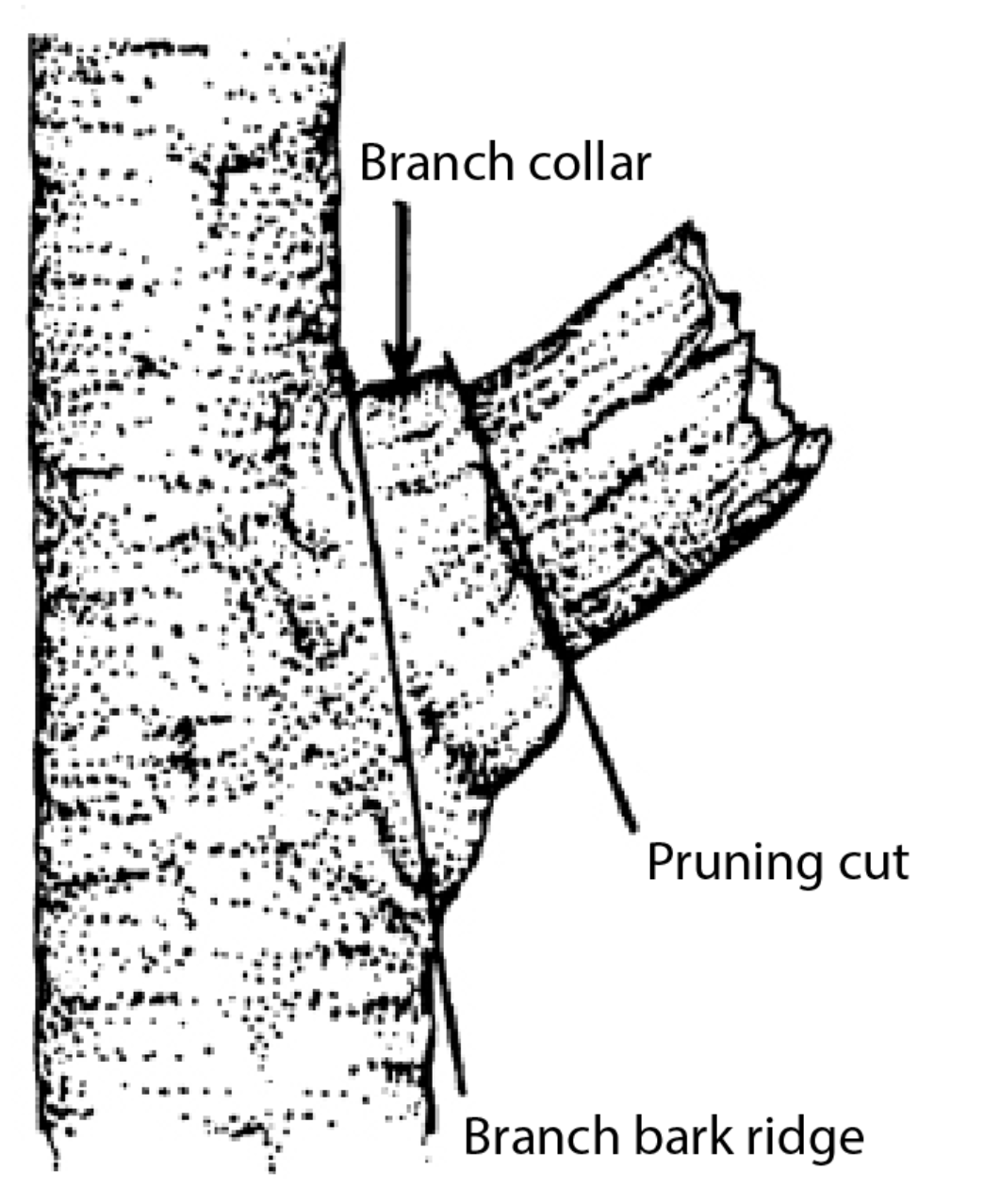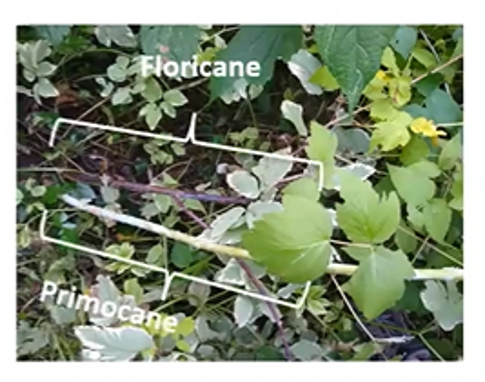Late winter pruning of fruit
Pruning berries and tree fruits during dormancy enhances vigor and can lead to better yield.

Michigan State University Extension frequently receives questions about fruit trees and their care during the growing season. Gardeners growing fruits must recognize that actions during the off-season, when trees and shrubs are dormant, can be just as crucial. Specifically, annual pruning is necessary to remove damaged branches, improve air circulation, promote plant growth in a healthy manner, and encourage bud and fruit formation on the correct branches.
Pruning tree fruits
The best time for pruning fruit trees is January – March before buds open. Pruning too early in winter can affect their winter hardiness and lead to winter injury if cold temperatures occur too soon after making cuts. Pruning too late may cause trees to allocate energy towards more vegetative growth instead of fruits.
Trees will naturally produce too many shoots, some of which grow vertically (Photo 1), at narrow angles from branches, or too close to the ground. All of these types of shoots should be pruned. Apple and pear trees should only have a single central leader, the trunk extending into the ground, and it is preferable to remove additional ones to avoid weaker limbs in future years (Photo 2).

Cherries, peaches and other stone fruits more commonly have a shape known as an open vase center (Photo 3).

No more than one-third of a tree should be pruned, and remaining branches should be pruned at wide angles to reduce the chance of branches snapping off. Even though second and third year trees will have few branches relative to mature trees, pruning is necessary to encourage growth on the scaffolds - branches most likely to support the weight of fruits. As trees mature, some branches will no longer produce buds, and these should be removed in summer when it is clear they are underperforming.
Several types of pruning tools are available to trim branches. What tool is best depends on the size of the branch. A set of pruning shears works well for smaller branches, while a lopper is better for larger ones. Nonetheless, all pruning cuts should be made close to the bark ridge (Photo 4).

While unpruned trees will still produce some fruit, a denser canopy has less sunlight penetrating the tree’s interior and creates several challenges. If branches infected with disease are less noticeable, this could create a reservoir for spread of disease. A denser canopy also makes it difficult for chemical applications to penetrate all areas of the tree canopy. Finally, sunlight also encourages coloration in fruit.
Pruning small fruits
Raspberry and blackberry pruning requires knowing a bit more information about the cultivar and growth habits of your plants. Fall-bearing raspberries produce fruit in summer and sometimes in the fall too on primocanes, while summer-bearing berries produce fruit in their second year on floricanes (Photo 5).

At the conclusion of the growing season, raspberry primocanes that have produced fruit should be cut down to the ground. Primocane-bearing blackberries are cut to the section just below where fruit production stopped and not all the way to the soil surface. In the spring, damaged or disease canes should be cut, and there should be about 6 inches of space between healthy canes emerging from the ground. Summer-bearing raspberries should have about three to four canes per foot of row.
Blueberries are pruned lightly in late winter by removing several small branches from the center. Mature blueberries grow best with 12 – 18 canes, with approximately 60% of the canes being 3 – 6 years old and the rest split between older and younger canes. Specifically, two older canes should be pruned each winter. Remove any branches growing too close to the ground, as they may sag to the ground when fruits develop. Any weak or dying twigs should be cut to several inches below the damaged area. A well-pruned bush appears narrower at the base and is filled with stronger canes of variable ages.
Pruning will lead to better fruit size and quality yields
Pruning trains trees and shrubs to develop fruits on the strongest limbs or canes. Since fruit production varies by cultivar, fruit species and growth pattern of each plant, a gardener should become familiar with the plant’s identity and its pruning needs before planting. Learn more about pruning recommendations and maintaining fruits in a residential garden by enrolling in MSU Extension’s self-paced, online Backyard Fruits 101. For additional guidance on pruning, view the MSU Extension tip sheet on pruning and training backyard apples and pears.



 Print
Print Email
Email